Space Environmentalism and the Kessler Syndrome
Space exploration has been one of humanity’s most incredible achievements, but it has also caused significant harm to the environment. For decades, we have launched rockets and other spacecraft into space without taking into consideration the long-term impact they would have on our planet.
But as we continue to push further into the final frontier, we must also start thinking about preserving and protecting our environment in space. This is where space environmentalism comes in.
The concept involves implementing sustainable practices and technologies that can help reduce waste, pollution, and other negative impacts on the environment while exploring space. It’s critical that we adopt these practices now, before it’s too late.
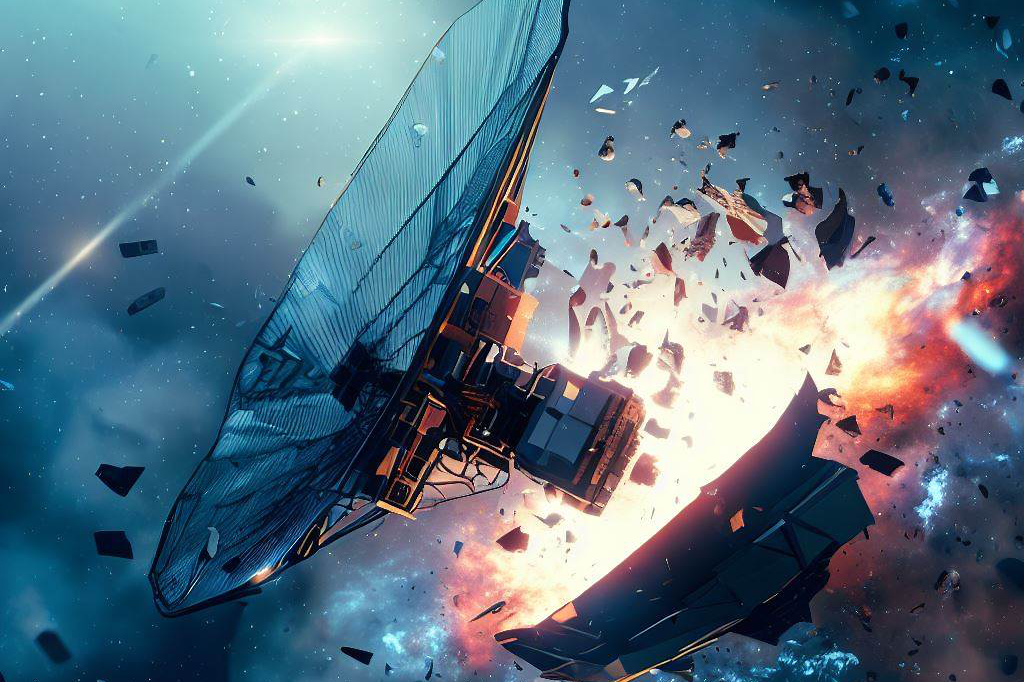
One potential threat to space environmentalism is the Kessler Syndrome. It is named after Donald J. Kessler, who first proposed the idea in 1978 while working as an astrophysicist at NASA.
The theory suggests that there might be a point where there are so many objects orbiting Earth that they collide with one another at an alarming rate, creating even more debris that could eventually make it impossible for us to launch any new satellites or spacecraft into orbit. If this scenario were to happen – and some experts believe it’s only a matter of time – the consequences could be catastrophic.
Satellites are used for everything from weather forecasting to military operations, so if they were no longer available due to debris collisions caused by the Kessler Syndrome, it would have a significant impact on our daily lives. It’s evident why addressing this issue is crucial for preserving our current way of life as well as for future generations who hope to explore beyond our planet.
In this article, we’ll dive deeper into what exactly the Kessler syndrome is and how it relates to space environmentalism. We’ll also look at efforts being made now by governments and private companies worldwide regarding this issue as well as discuss emerging trends in sustainable practices for space exploration.
What is the Kessler Syndrome?
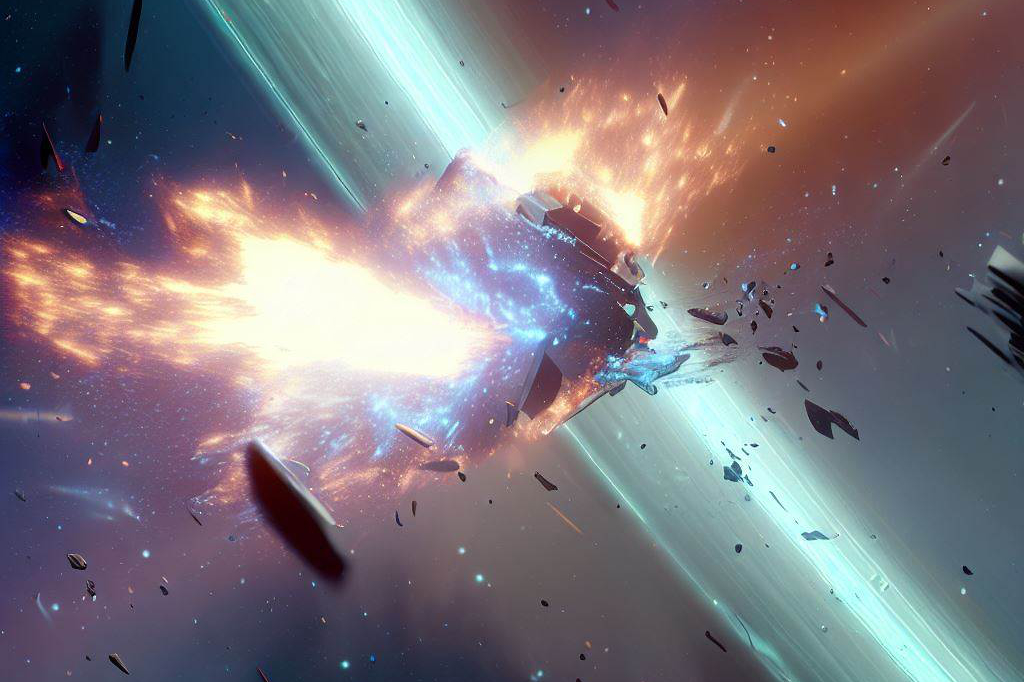
Have you ever heard of the Kessler Syndrome? It sounds like a sci-fi movie plot, but it’s actually a very real phenomenon that could have serious consequences for space exploration and our planet as a whole.
The Kessler Syndrome, also known as the “collisional cascading” theory, was first proposed by NASA scientist Donald J. Kessler in 1978. It refers to a scenario where the density of space debris in low Earth orbit (LEO) becomes so high that collisions between objects create even more debris, leading to a runaway effect where collisions become increasingly common and the amount of debris increases exponentially over time.
How does it occur?
So how does this happen? Well, there are currently thousands of human-made objects in LEO (Low Earth Orbit), including satellites, rocket stages, debris from past missions, and even tools dropped by astronauts during spacewalks.
These objects are all traveling at incredibly high speeds – around 17,500 miles per hour – and any collision can produce hundreds or even thousands of new pieces of debris. As more and more debris is created through these collisions, it begins to accumulate in certain regions of LEO called “debris clouds”.
These clouds can be hundreds or even thousands of kilometers wide and contain millions of individual pieces of debris. The problem is that these clouds are not static – they’re constantly moving and spreading out due to Earth’s gravity and other factors.
The potential consequences
The consequences of the Kessler Syndrome could be catastrophic for space exploration and telecommunications on Earth. As the density of space debris increases, so too does the likelihood that satellites or spacecraft will be struck by something – which could cause serious damage or even complete destruction.
This would not only jeopardize important scientific research projects but also impact everyday aspects such as GPS services we use daily. Additionally, the debris itself can be dangerous even without a collision.
A tiny piece of debris traveling at high speeds could cause serious damage to a spacecraft or satellite, and could even penetrate the International Space Station’s protective shields. The amount of debris in LEO is already causing concern among experts, with many calling for more comprehensive efforts to mitigate the issue before it spirals out of control.
The History of Space Debris
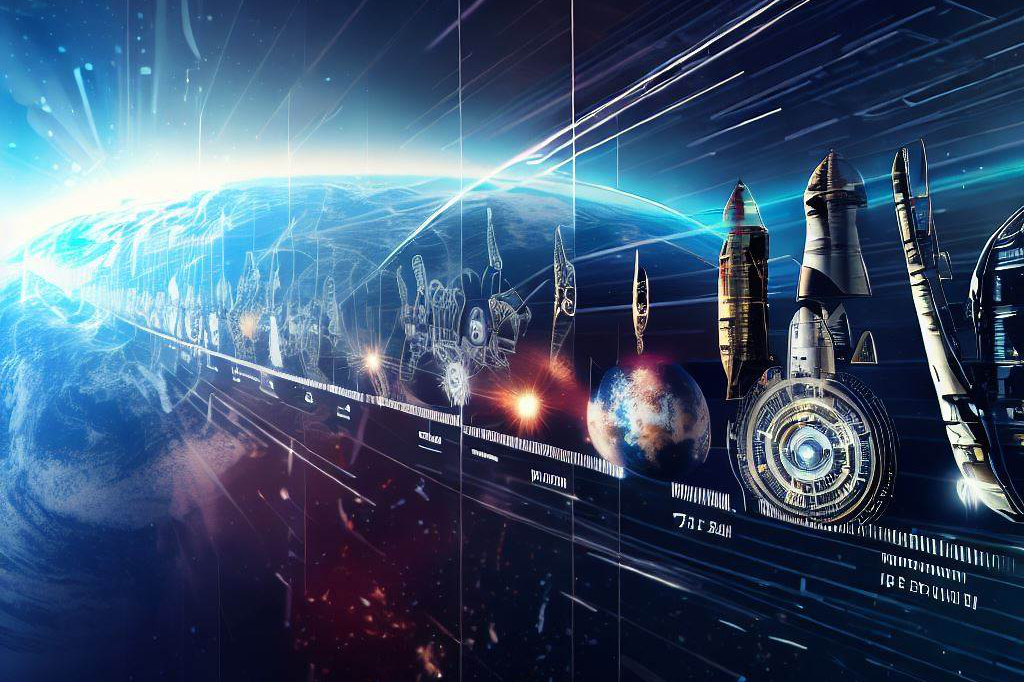
Objects in Space
The history of space debris dates back to the launch of the first artificial satellite, Sputnik, by the Soviet Union in 1957. Since then, numerous countries have sent objects into space for various purposes, such as communication, navigation, weather forecasting, and exploration.
This has led to an accumulation of debris in Earth’s orbit, including spent rocket stages, defunct satellites, and fragments from collisions or explosions. The US Strategic Command estimates that there are approximately 26,000 objects larger than 10 cm and millions of smaller ones that pose a significant risk to operational spacecraft.
Missions and Debris
Space missions also contribute to the growing amount of space debris. During each mission, objects such as spacecraft components and tools are discarded and left behind in orbit. Additionally, some missions result in accidental collisions or explosions that add to the existing amount of debris present in space.
The Chinese anti-satellite test conducted in 2007 is a prime example of how a single mission can significantly impact space debris levels. The test involved destroying an old Chinese weather satellite with a missile, resulting in over 3000 trackable fragments being generated, which remain a hazard to current and future spacecraft.
Current State
The accumulation of human-made objects in orbit has reached a critical level where it poses significant risks for future launches and operations. These risks include collisions with operational satellites or manned spacecraft, which could cause
- damage or loss of life;
- increased radio interference due to overcrowding;
- potential impacts on existing scientific research including telescopes;
- negative effects on commercial activity (e.g., telecommunication) due to lost revenue opportunities.
While the presence of human-made objects in space has allowed for significant advancements over time, it has also led us towards the Kessler Syndrome – an ever-increasing risk of collisions and debris that could potentially threaten our operations in space.
Current Efforts to Address Space Debris
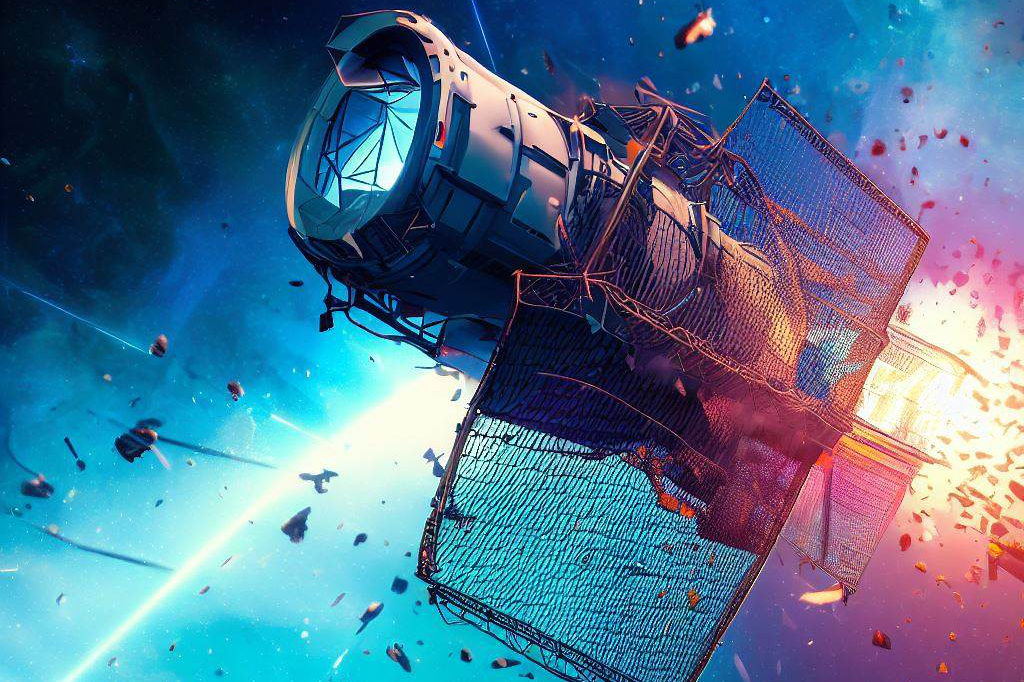
Mitigation Strategies
One of the most effective ways to address space debris is through mitigation strategies. Mitigation strategies involve reducing the amount of debris created in the first place, and minimizing the risk of collision.
Governments and private companies alike have implemented various mitigation strategies over the years, with varying degrees of success. One such strategy is designing spacecraft to be more resistant to impacts from debris.
For example, some spacecraft now include Whipple Shields – a type of protective shield that consists of a thin outer layer and a thicker inner layer – which can help protect against small pieces of debris. Another approach is to limit the amount of volatile materials used in spacecraft components, as these can release additional debris if they explode or rupture.
Removal Technologies
In addition to mitigation strategies, there are also removal technologies designed to actively remove space debris from orbit. These technologies use various methods to either de-orbit or capture debris, including nets and harpoons, robotic arms, and ion thrusters.
Japan’s space agency, JAXA, has already deployed its Kounotori 6 spacecraft on a mission to test out an electrodynamic tether that can slow down and de-orbit small satellites at end-of-life.
Similarly, in 2018, the European Space Agency (ESA) launched its RemoveDEBRIS mission, which used nets and harpoons for capturing larger objects like defunct satellites.
Effectiveness Evaluation
While mitigation strategies and removal technologies show promise in reducing space debris levels, their effectiveness in preventing Kessler Syndrome remains questionable.
For instance, these efforts are not sufficient enough because collisions with active spacecrafts or other large stray bits could still occur.
Furthermore, even removing one particularly large object could create thousands more pieces: for example, in 2007 when China shot down one of its own satellites, it generated over 3,000 new trackable fragments. Mitigation strategies and removal technologies are important steps towards reducing space debris and mitigating the Kessler Syndrome.
However, their effectiveness alone is not enough to completely prevent space debris buildup in Earth’s orbit. It is also important to ensure that responsible launch practices and sustainable protocols are adhered to in order to lessen the likelihood of creating additional debris in the first place.
The Future of Space Environmentalism
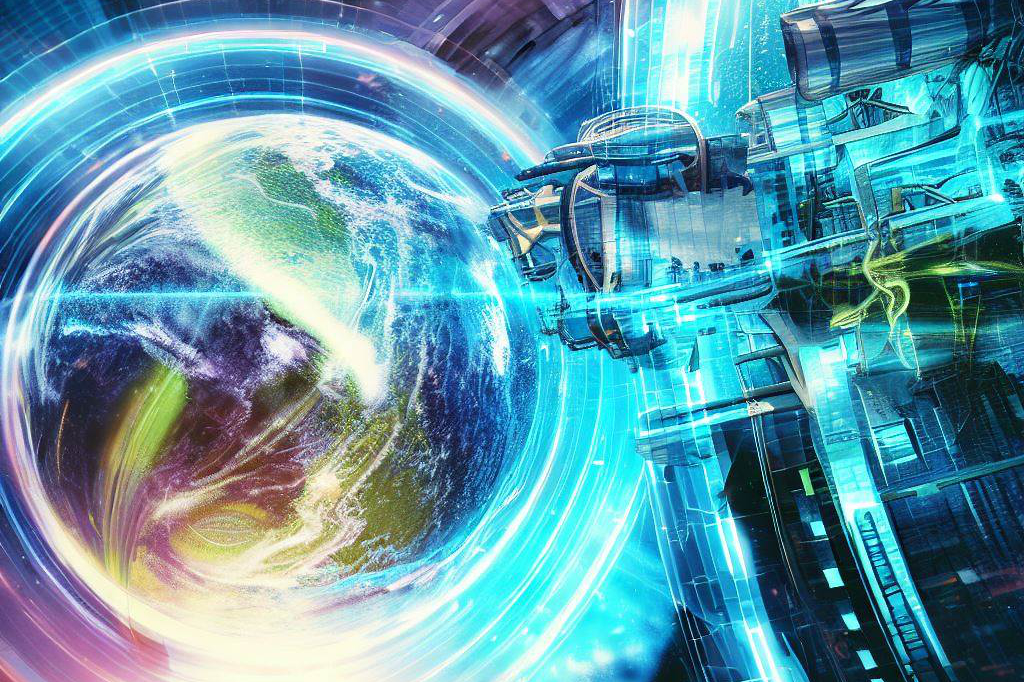
Advancements In Technology
As technology continues to advance, we can expect to see new and innovative solutions to address the issue of space debris.
One promising development is the use of lasers to track and remove debris. Scientists are currently working on developing lasers that can track debris in real-time, allowing for more accurate predictions and prevention measures.
Similarly, there are plans in the works for using lasers to vaporize smaller pieces of debris, reducing their size and making them less dangerous.
Another area where technology may play a role is in improving the sustainability of space exploration itself.
For example, scientists are currently exploring the possibility of using 3D printers to create tools and equipment while in space, reducing the need to transport these items from Earth.
Additionally, there is growing interest in using renewable energy sources such as solar power to meet the energy demands of spacecraft.
Emerging Trends In Sustainable Practices For Space Exploration
As we continue to explore space, it’s becoming increasingly clear that sustainability must be a key consideration moving forward. One emerging trend is using reusable spacecraft instead of one-time-use rockets or shuttles.
This not only reduces the amount of waste generated by launches but also makes spaceflight more affordable and accessible. Another trend is a focus on minimizing waste generation during missions themselves.
NASA has set ambitious goals for reducing its waste output during missions by up to 75%. To achieve this goal, they’re exploring strategies such as recycling water for drinking and irrigation or reusing materials like food packaging.
There’s an increasing emphasis on collaboration between governments and private companies when it comes to sustainable space practices. Joint initiatives like the Space Sustainability Rating (SSR) aim to establish best practices for ensuring sustainable use of space resources by all parties involved.
Final Thoughts
The Importance of Addressing the Kessler Syndrome
The Kessler Syndrome is a very real and serious threat to space environmentalism. It is caused by the accumulation of space debris that can collide with each other, leading to a cascade of collisions that could render space unusable for decades or even centuries. The consequences of this would be catastrophic, as our dependence on satellites and other space-based technologies continues to grow.
Fortunately, there are current efforts being made by governments and private companies to address this issue. There are mitigation strategies being developed that aim to limit the amount of debris created during launches and missions, as well as new technologies for removing existing debris from orbit.
While these efforts are still in their early stages, they provide hope that we can prevent the worst-case scenario from occurring. Looking towards the future, sustainable practices for space exploration will become increasingly important.
The rise of commercial space exploration will only increase the number of launches and missions taking place in orbit around Earth. As such, it will be crucial that we continue to work towards minimizing our impact on the environment while exploring beyond our planet’s atmosphere.
Addressing the Kessler Syndrome is vital for preserving our ability to utilize space for scientific research and technological advancements. By implementing sustainable practices and continuing research into mitigation strategies and removal technologies, we can ensure a brighter future for both Earth and beyond.
FAQ: Kessler Syndrome and Space Environmentalism
1. What is Kessler Syndrome?
– Kessler Syndrome refers to a hypothetical scenario in space where the density of objects in low Earth orbit (LEO) becomes so high that collisions between objects could create a cascading effect of debris, making space activities and satellite operations increasingly risky.
2. How does Kessler Syndrome relate to space environmentalism?
– Space environmentalism is a concept that promotes the sustainable use and preservation of space as a natural resource. Kessler Syndrome is closely related to space environmentalism because it highlights the potential environmental impact of space debris on future space activities, satellite systems, and even the safety of astronauts.
3. What are the causes of Kessler Syndrome?
– Kessler Syndrome can be caused by various factors, including intentional or unintentional satellite collisions, the explosion of large rocket stages, or the breakup of defunct satellites. These events generate fragments and debris that remain in orbit, posing a threat to operational satellites and creating a potential domino effect of collisions.
4. How does Kessler Syndrome affect space activities?
– Kessler Syndrome poses a significant challenge to space activities. As the density of debris increases, the risk of collisions with operational satellites also rises. These collisions can result in the destruction of valuable assets, interruption of critical services like communication and weather monitoring, and further generation of debris, exacerbating the problem.
5. What measures are being taken to mitigate Kessler Syndrome?
– To mitigate Kessler Syndrome, space agencies, private companies, and international organizations are actively working on space debris mitigation strategies. These measures include designing satellites with propulsion systems for deorbiting at the end of their operational life, encouraging responsible space operations, developing technologies to track and catalog debris, and promoting international cooperation to establish guidelines for space debris management.
6. How can space debris be tracked and cataloged?
– Tracking and cataloging space debris is essential for effective debris mitigation efforts. Various ground-based and space-based systems are used to monitor and track objects in space. Ground-based radars and telescopes can track larger debris, while smaller debris can be detected using space-based sensors, such as those on the International Space Station. The collected data is then used to predict potential collisions and provide early warning to satellite operators.
7. Can space debris be removed from orbit?
– Yes, space debris removal is a topic of active research and development. Several concepts and technologies are being explored, including robotic systems that can capture and deorbit debris, harpoons or nets to capture larger objects, and even using lasers to nudge debris into lower orbits, where it would naturally burn up in the Earth’s atmosphere.
8. What role does international cooperation play in addressing Kessler Syndrome?
– International cooperation is crucial for effectively addressing Kessler Syndrome and managing space debris. Since space activities are carried out by multiple nations and private entities, collaboration is necessary to establish common standards, share data and information, coordinate debris mitigation efforts, and develop guidelines for responsible space operations. Organizations like the United Nations Office for Outer Space Affairs (UNOOSA) facilitate international discussions and cooperation in this regard.
9. How can individuals contribute to space environmentalism and mitigating Kessler Syndrome?
– Individuals can contribute to space environmentalism by raising awareness about the importance of responsible space operations and the impact of space debris. Supporting organizations and initiatives that promote debris mitigation efforts, advocating for sustainable satellite design and disposal practices, and staying informed about the latest developments in space debris management are some ways individuals can make a positive impact.
10. What are the potential future implications if Kessler Syndrome is not addressed?
– If Kessler Syndrome is not effectively addressed, the density of space debris could continue to increase, making certain orbits unusable and hindering future space activities. Collisions between debris and operational satellites would become more frequent, leading to a higher risk of satellite failures, disruptions to critical services like navigation and communication, and potential dangers for astronauts during space missions. Therefore, it is crucial to take proactive measures to mitigate the risks associated with Kessler Syndrome.
TL;DR…
– 💡 The Kessler Syndrome is a hypothetical scenario in which the density of objects in low Earth orbit (LEO) becomes so high that collisions between objects could create a cascading effect of debris.
– 🌍 Kessler Syndrome is closely related to space environmentalism, which promotes the sustainable use and preservation of space as a natural resource.
– 🚀 Kessler Syndrome can be caused by satellite collisions, rocket stage explosions, and the breakup of defunct satellites, generating fragments and debris that pose a threat to operational satellites and space activities.
– 🛰️ The consequences of Kessler Syndrome include the destruction of valuable assets, interruption of critical services like communication and weather monitoring, and an increased risk of collisions and further generation of debris.
– 🌐 International organizations, space agencies, and private companies are actively working on space debris mitigation strategies, including designing satellites with deorbiting systems, tracking and cataloging debris, and promoting international cooperation.
– 🔭 Ground-based radars and telescopes, as well as space-based sensors, are used to track and monitor space debris, enabling early warning systems and collision prediction.
– 🗑️ Space debris removal is an area of active research, with concepts such as robotic systems, harpoons, nets, and lasers being explored to capture and deorbit debris.
– 🌟 Advancements in technology and emerging trends in sustainable practices are shaping the future of space environmentalism, aiming to reduce space debris and ensure responsible space operations.
– ⚠️ Addressing Kessler Syndrome is of utmost importance to mitigate the risks associated with space debris, protect operational satellites, and enable future space activities.

C M, a seasoned editor, journalist, and consultant, is deeply fascinated by the convergence of technology, space, and the future of humanity.
With a particular interest in transhumanity, futurology, and the philosophical and ethical dimensions of these domains, C M serves as the lead contributor to SpaceSpotlight and TranscendSphere.
When not penning insightful articles on these rapidly evolving fields, C M indulges in their love for podcasts and books, proudly embracing their status as a ‘Happy Nerd Extraordinaire!’
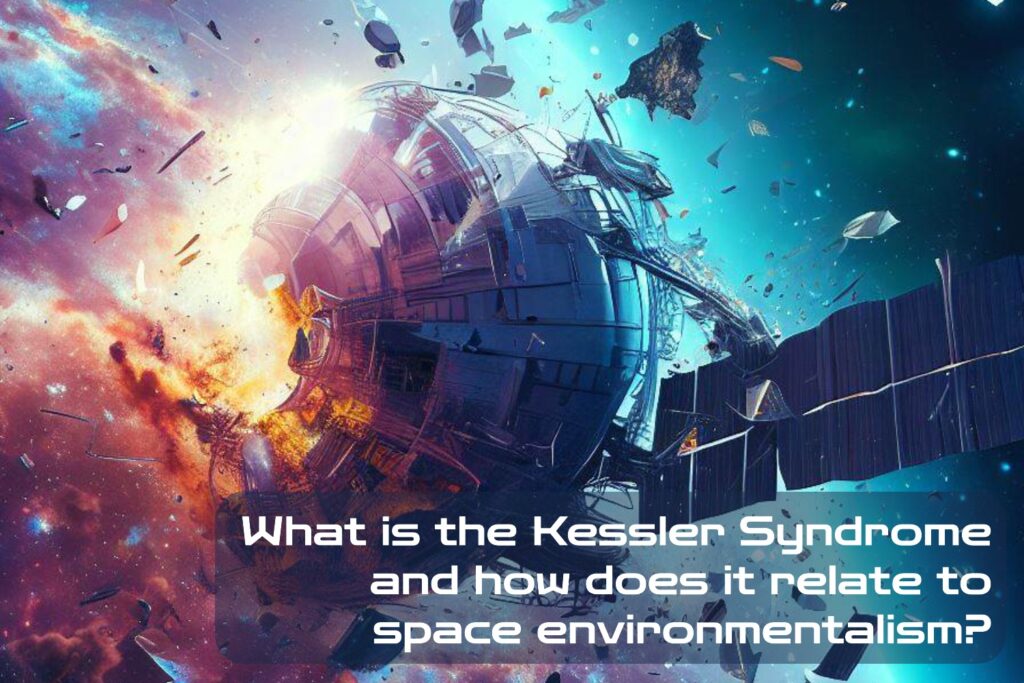



Pingback: Who is Responsible for Space Debris and are there any Laws or Policies to Manage It? - spacespotlight.com